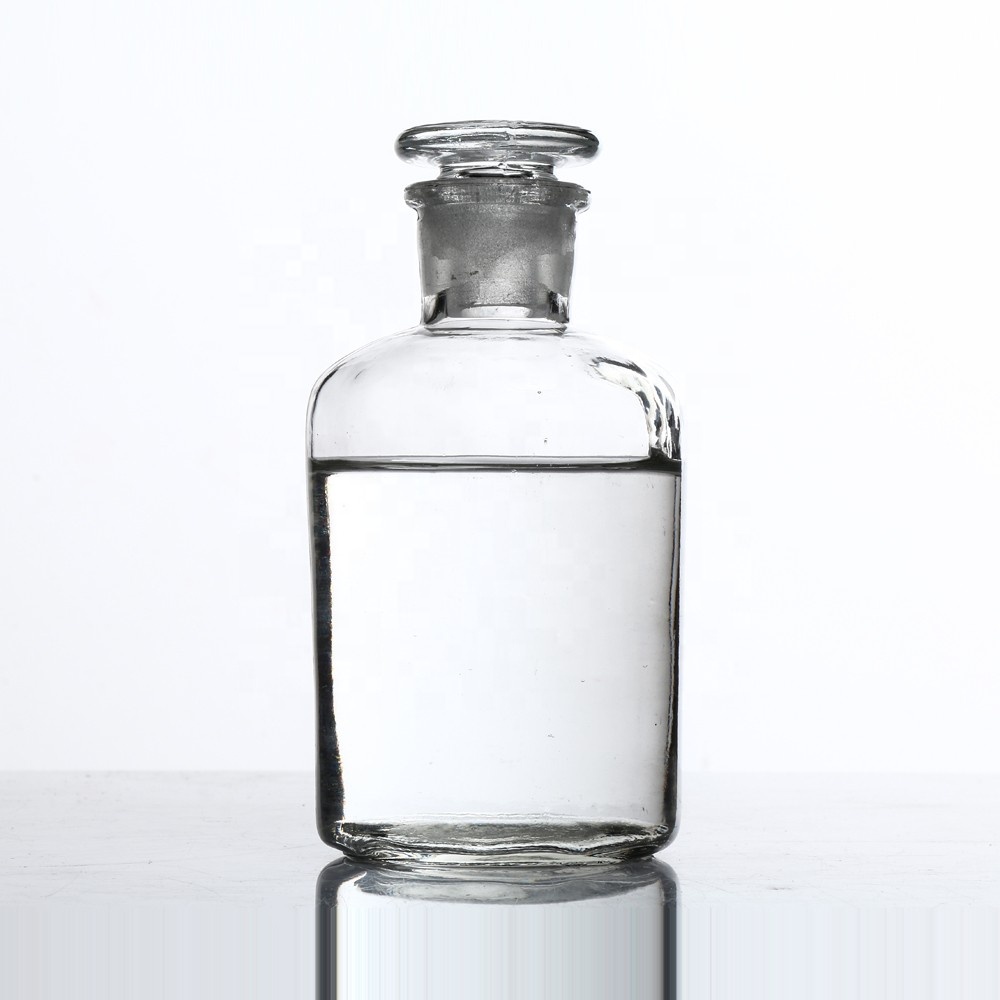How to deal with N-methylpyrrolidone wastewater?
N-methylpyrrolidone wastewater will be produced in lithium battery cathode production, N-methylpyrrolidone synthesis and NMP processing and recycling. This type of industrial wastewater also has the characteristics of complex composition, poor biodegradability and high concentration due to its production process.
High-concentration wastewater will inevitably have a certain impact on the biochemical system, so that there are problems in the biochemical treatment, resulting in the phenomenon that the effluent of NMP wastewater does not meet the standard. In ourN-methylpyrrolidone wastewater treatment project, we will reduce COD pollutants, and also reduce ammonia nitrogen in wastewater, so as to stably meet the discharge standard.

Before using biochemical treatment, it is necessary to improve the biodegradability of N-methylpyrrolidone wastewater and reduce the concentration of wastewater pollutants, including Fenton oxidation device and breakpoint chlorination device.
Fenton oxidation method, adding hydrogen peroxide and ferric sulfate to the Fenton oxidation device for Fenton oxidation. The principle is to use the hydroxyl radicals generated in the reaction process to oxidize the organic matter in the wastewater, break the macromolecules into small molecules, and degrade at the same time. Refractory organics in N-methylpyrrolidone wastewater.
The breakpoint chlorination method is a chemical denitrification process in which the ammonia nitrogen is removed by putting sodium hypochlorite into the N-methylpyrrolidone wastewater, and oxidizing the ammonia nitrogen in the N-methylpyrrolidone wastewater to N2.
The main biochemical treatments are UASB, A/O and MBR methods. The actual COD concentration of the effluent can meet the discharge standard, and the COD concentration is lower than 60mg/L.